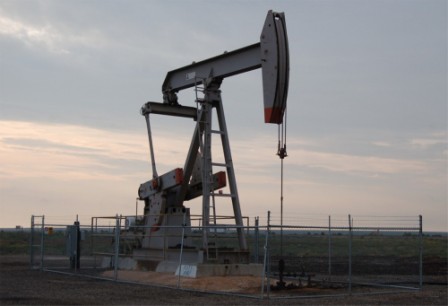Bahrain still suffers from oil price drop
Manama
Bahrain and Oman are reportedly lagging behind the rest of the GCC countries at how it is coping with the falling oil prices, according to a global analysis.
Due to its "lower financial buffers" Bahrain and Oman have been experiencing problems related to "low growth performance", Coface - a global leader in credit insurance, stated in its latest report 'How Gulf Cooperation Council countries (GCC) are dealing with falling oil prices'.
According to the report, Saudi Arabia and UAE are less affected by declining oil prices because of their strategies to promote non-oil trade. However, the report stated that GCC countries are projected to grow by 3.4 per cent in 2015 and 3.7 per cent in 2016.
Noting Bahrain’s Vision 2030 as well as Saudi Arabia's strategy 2025, Qatar National Vision 2030, Oman – Vision 2020, and the UAE – Vision 2021, the report acknowledged the various efforts taken by the GCC countries to diversify its economies.
"As a result, the share of the non-oil sector in the total real GDP is rising – and increased by 12 pc to 70 pc in the GCC countries between 2000 and 2013. The local authorities have introduced measures to promote trade, and attract more foreign direct investment to facilitate economic growth," it stated.
"The GCC economies are still dependent on oil as their main export and source of revenues. However, local governments are trying to replace this growth model through economic diversification policies aimed at reducing their dependence on the oil sector. Revenues from the hydrocarbon sector have been used to boost growth in the non-hydrocarbon industries in the form of subsidies and government spending. Saudi Arabia, UAE and Qatar have been more successful in diversifying their economies compared to their GCC neighbors," it stated.
" While rising government expenditure, coupled with falling oil prices have impacted the GCC region, not all markets have reacted in this same pattern. Despite similarities in economic structures, the countries differ in terms of economic size, population, levels of diversification and fiscal break-even prices." it stated.
Related Posts

